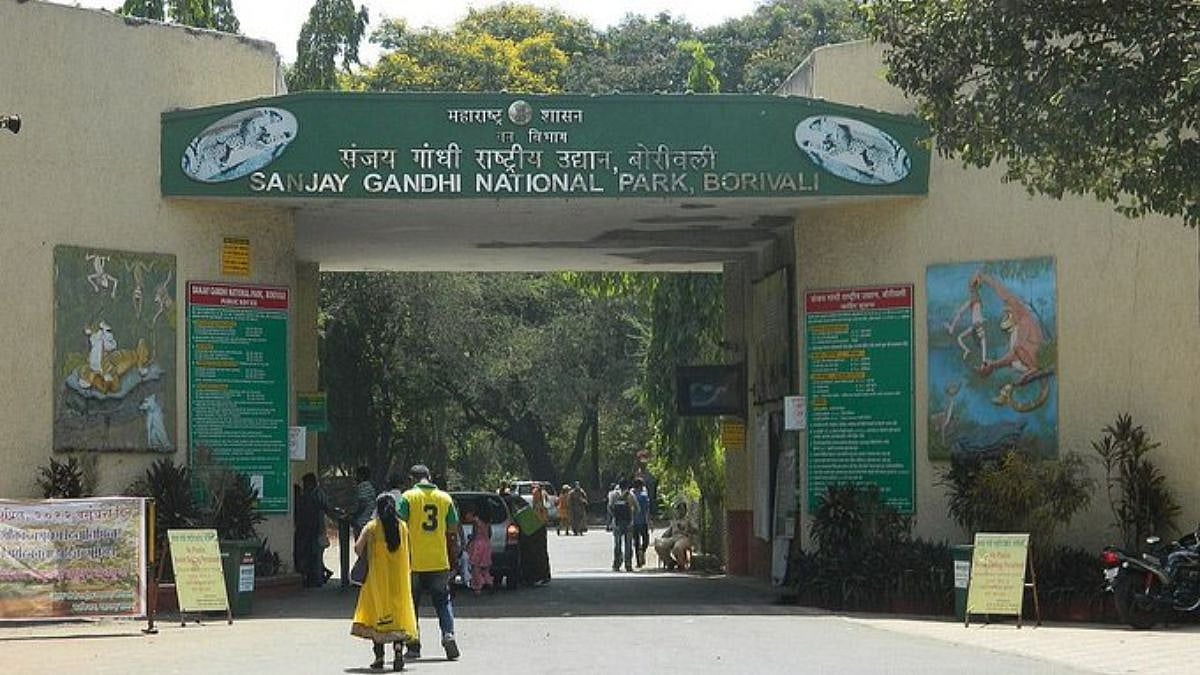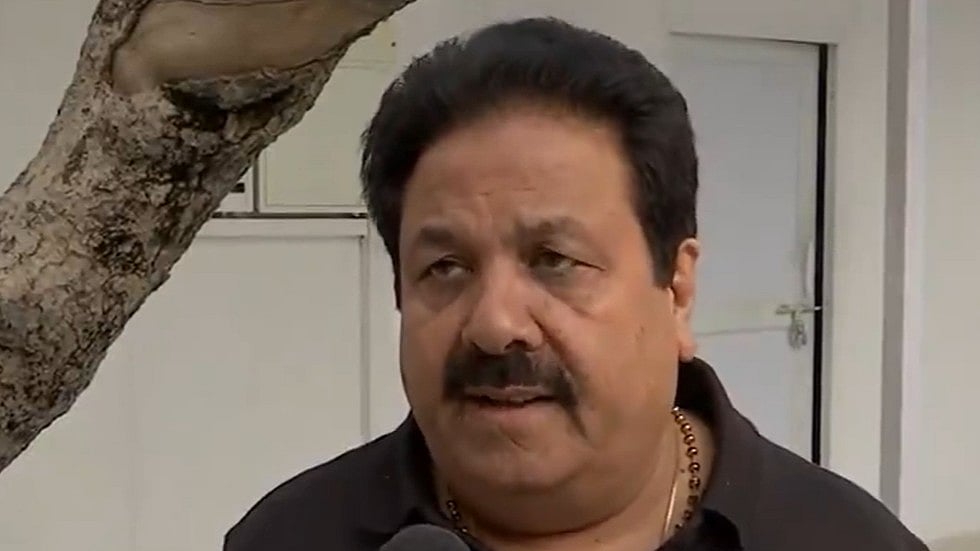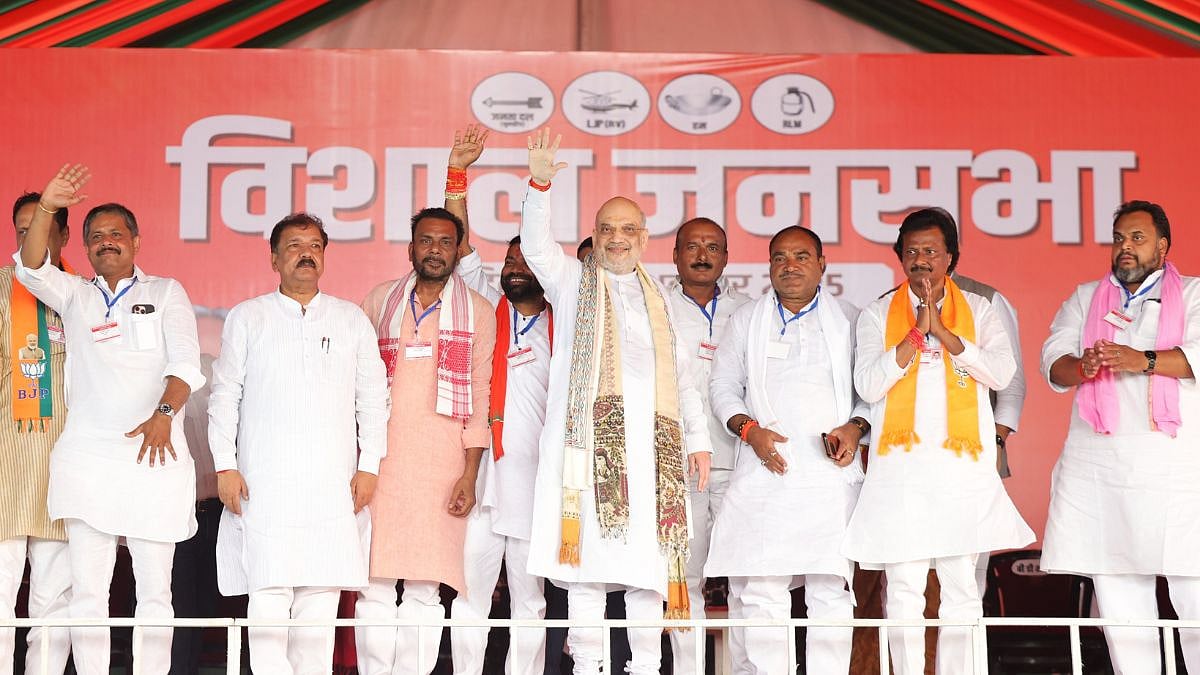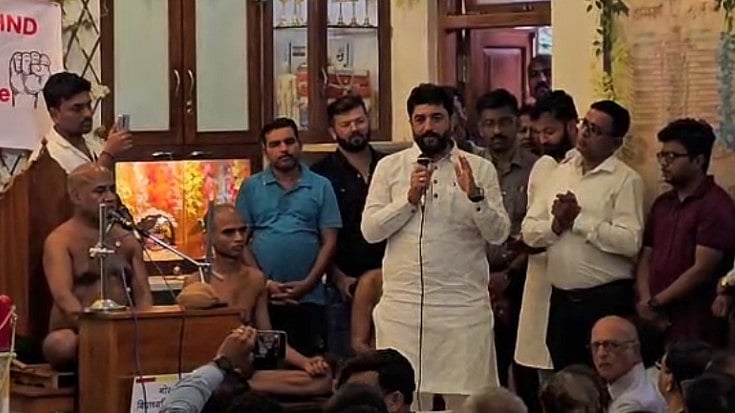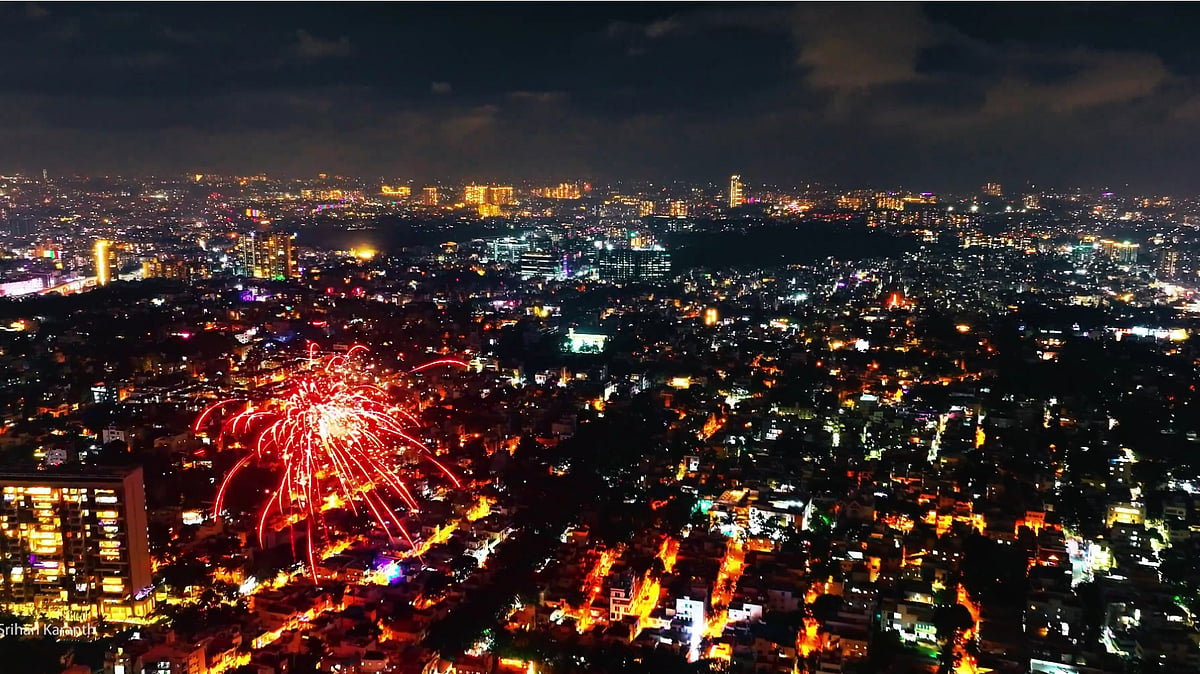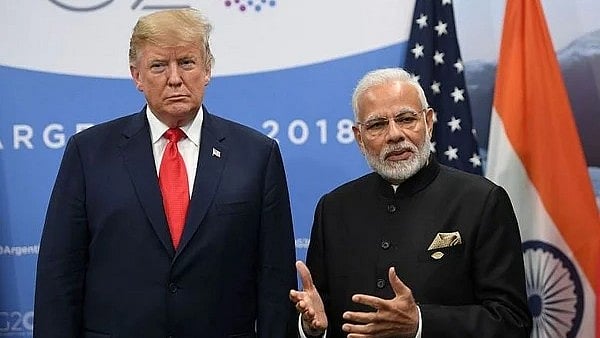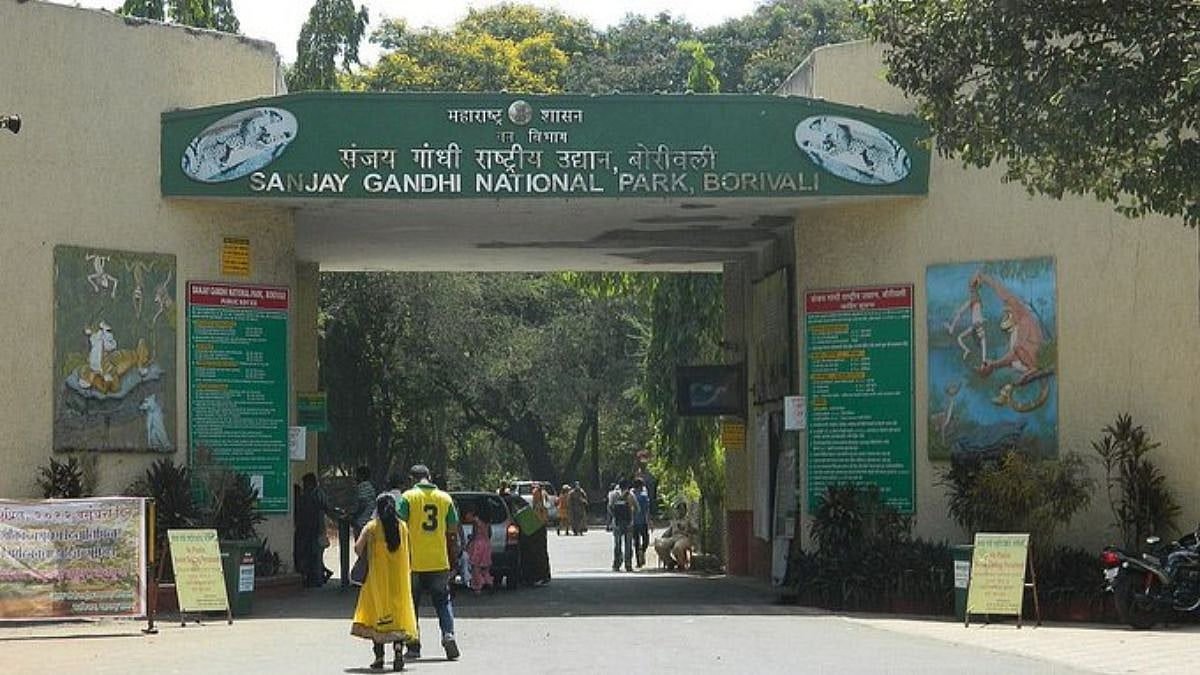The irony in the latest controversy surrounding Mumbai’s Sanjay Gandhi National Park (SGNP), among the few such rich forests in a city anywhere in the world, is easy to miss: the government authorities that are constitutionally obliged to protect the forest, including its crucial Eco Sensitive Zones (ESZ), are the ones drafting plans for its concretisation while people of all persuasions, with meagre resources at their command, are straining every sinew to conserve the park and its ESZ. Last month, after an inexplicable delay of seven years, the Brihanmumbai Municipal Corporation (BMC) released the draft zonal master plan for the ESZ, which, in essence, opens up the buffer zone for the construction of various projects, and gave people barely a month to revert with objections and suggestions if they had any. Released only in English, the requests for Hindi and Marathi translations were rebuffed. Till October 17th, which was the last date for objections and suggestions, the BMC reportedly received more than 26,000 signatures on petitions.
Why do people want to protect the ESZ so desperately? It’s a simple ecological truth. Without the ESZ ecosystem, the BMC’s brutal and profit-driven monetisation of land in Mumbai will swallow the buffer that has protected the SGNP for decades and kept the concretised urbanisation at arm’s length from its treasures of biodiversity. Without the park, Mumbai will suffer unimaginably. The draft plan for ESZ classifies it into three categories and allows development projects, including eco-tourism, which means hotels and roads with vehicles jeopardise the forest with its wildlife, including leopards, deer, and over 250 bird species. People argue that the plan is ecologically flawed and will lead to permanent destruction of the park’s natural landscape and result in the displacement of tribal communities who have resided in the forest before it was notified as a national park.

The BMC’s argument that nearly 34 per cent of the ESZ of 59 sq. km is already “developed” with slums, industrial activity, commercial use, traffic and transportation does not cut ice because these structures, other than the age-old tribal settlements, should not have been allowed to come up in the first place. The lack of due permissions or ad hoc permissions given to them does not justify opening the rest of the ESZ to more "development". Shockingly, the Chena River inside the SGNP even has a riverfront development proposal. Instead, the entire ESZ needs to be protected, as the park’s existence is critical to the future of not only Mumbai’s ecological health but also that of neighbouring Thane and Palghar, two other areas that encircle it. The BMC’s trajectory to open up forest land, allow quarrying to cut down hills, landfill water bodies and concretise wetlands in the name of creating land for “development” is, in effect, writing Mumbai’s ecological death warrant.
